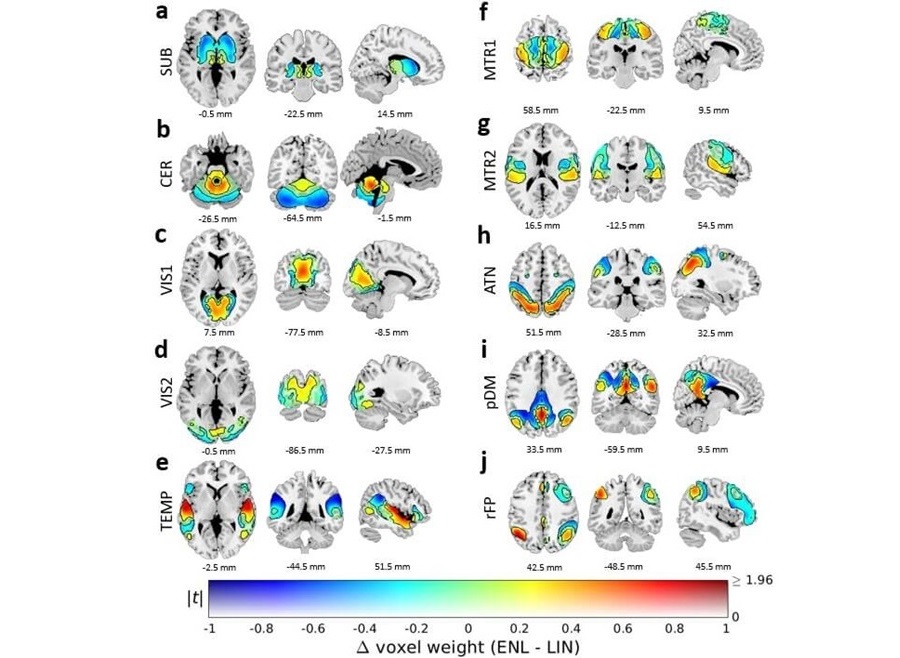New Approach Identifies Signatures of Chronic Brain Disorders Using fMRI Scans
Posted on 25 Nov 2024
Traditional studies of brain function, often using fMRI scans to detect brain activity patterns, have shown promise in identifying changes in individuals with chronic brain disorders like schizophrenia. However, these studies usually focus on linear relationships between brain regions and overlook other types of patterns. Now, research, published in Nature Mental Health, is shedding new light on brain pathways that may provide alternative methods for detecting early signs of chronic brain disorders like schizophrenia. The study has highlighted brain connections that exhibit unique spatial variation and increased sensitivity in individuals with schizophrenia.
A team of researchers from Georgia State University (Atlanta, GA, USA) developed a new approach to extract maps of large-scale brain networks based on nonlinear patterns that are often overlooked. This method has revealed a previously unrecognized aspect of brain organization in humans. Interestingly, the networks identified through this approach revealed significant differences between individuals with schizophrenia and healthy controls that would typically be missed in traditional linear connectivity studies. These findings underscore the potential of using these patterns to create clinical biomarkers and enhance our understanding of both healthy and impaired brain function.

“This research marks an exciting leap forward, offering an entirely new lens to capture the complex, hidden fluctuations within functional brain networks,” said Distinguished University Professor of Psychology Vince Calhoun, one of the principal investigators on the study. “By focusing on nonlinear relationships — often overlooked in traditional neuroimaging — we uncover structured spatial patterns that could reveal the underpinnings of brain network function.”
“By leveraging advanced mathematical techniques and transcending conventional spatial and temporal limitations, we’re poised to unlock the brain’s secrets, uncover hidden intrinsic patterns and push the boundaries of neuroscience. This innovative approach promises to revolutionize our understanding of mental disorders, aging, neurodegenerative diseases and more,” added Armin Iraji, lead principal investigator on the study and an assistant professor of computer science and neuroscience and part of the TReNDS research team.














